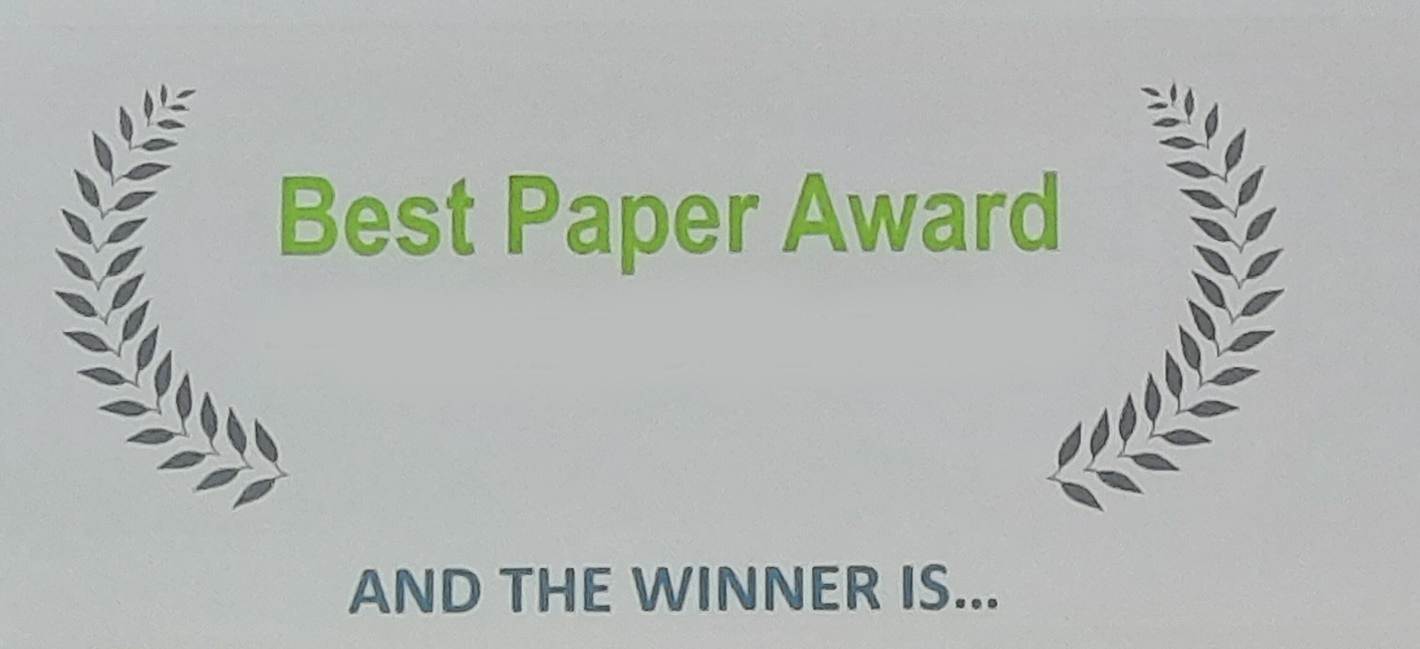TEWI and energy assessment of integrated CO2 refrigeration, heating and cooling technology
DOI:
https://doi.org/10.34641/clima.2022.193Keywords:
CO2 emissions, heat recovery, refrigeration, energy efficiency, TEWIAbstract
In order to meet with the regulations proposed by the Intergovernmental Panel of Climate Change to control emissions from fluorinated gases, an EU funded project (LIFE) has been engaged in. Through this project, the reduction of CO2 emissions by using an integrated refrigeration, heating and cooling system, in real shops across Europe and the impact of the raw materials used will be investigated. In a theoretical evaluation, the Seasonal Energy Performance Ratio and Total Equivalent Warming Impact of the unit is compared to an R-410A unit using test measurements. Although the CO2 unit has a lower Seasonal Energy Performance Ratio, the Total Equivalent Warming Impact was calculated to be lower in comparison to the R-410A unit over a period of 10 years. These measurements were also used to discuss the importance of heat recovery by comparing the unit to a non-integrated refrigeration, heating and cooling system. The energy assessment of the unit at a real installation in a supermarket in Europe has been presented on a monthly basis. This assessment involves the use of a compressor curve method to estimate mass flow and as a result, the delivered energies in the absence of expensive flow meters. The precision of such a method has been discussed. To conclude, challenges concerning the technology and important results and conclusions have been discussed.




